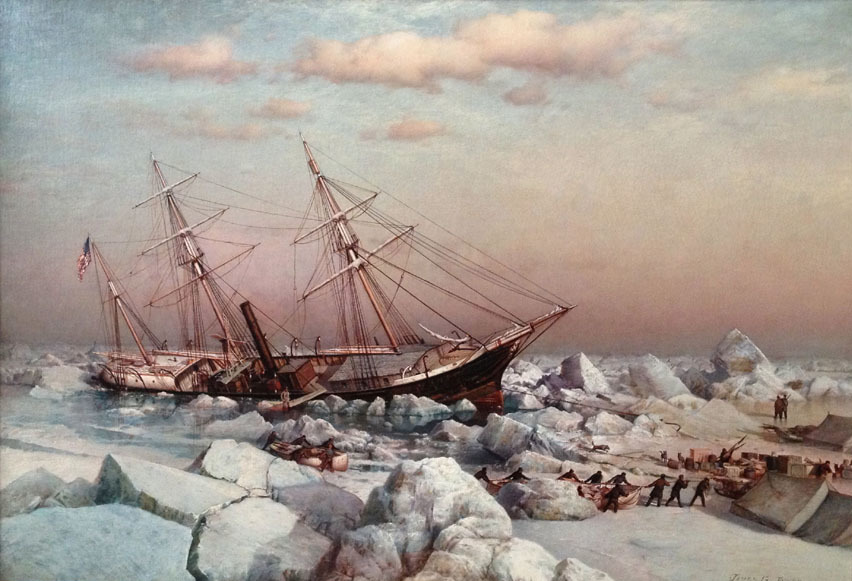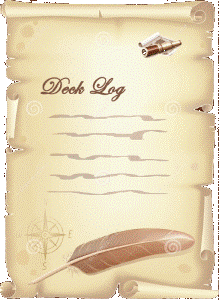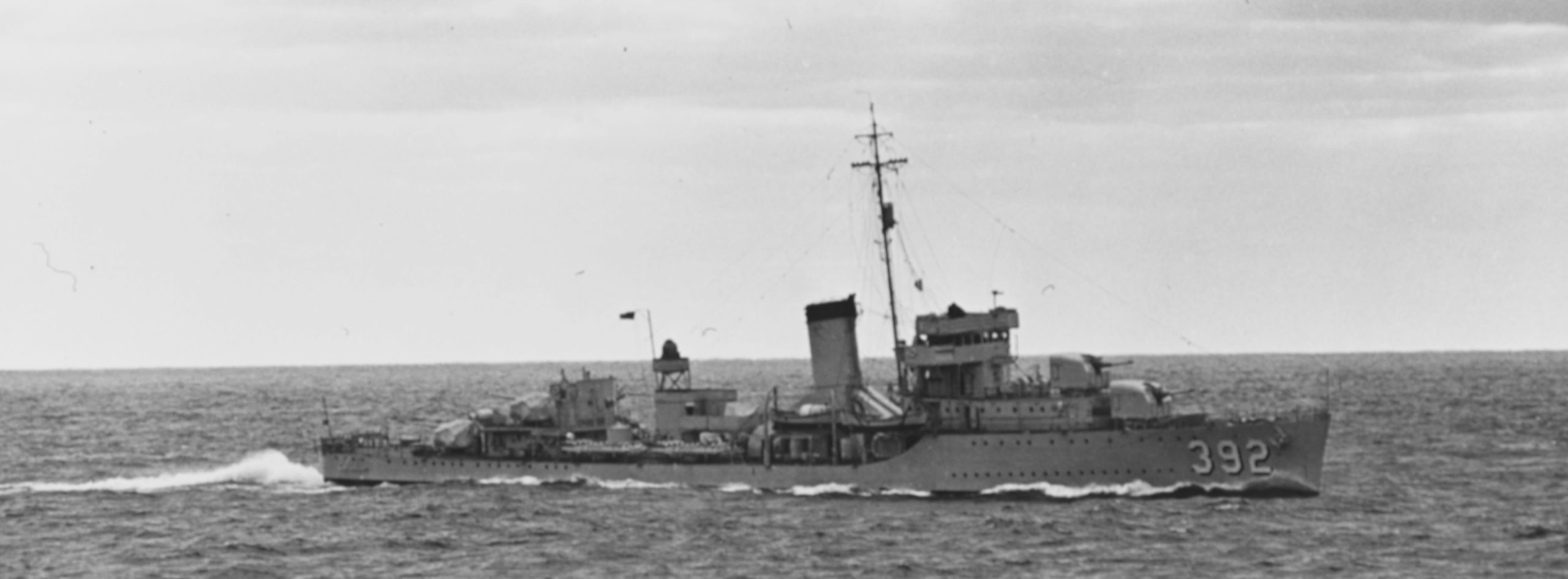The Origins of the New Year’s Deck Log Poetry Tradition
More than sixty years ago, in the January 1959 issue of the US Naval Institute Proceedings, Captain Robert W. McNitt, USN, wrote an article describing the unusual Navy tradition of writing the New Year’s deck log on US ships in verse. As far as we can tell, McNitt’s article is the first treatment in print of the tradition, and the past sixty years have seen a spattering of further articles dealing with various elements of the tradition or with particular poems.
The earliest poem noted by McNitt came from USS Idaho in 1926. The article then offers examples from 1927, 1937, and on through the end of World War II. With the 1926 Idaho poem, McNitt quotes the ship’s captain, who approved the deck log with the added note, “The Captain is glad to see that the old Navy custom of writing up the first watch of the year in rhyme is known to the younger members of the service.” [Editors’ Comment: To our knowledge, this is the first time that this poem has been “published” in toto.] Our curiosity was prodded by that phrase “the old Navy custom,” which would imply that in the year 1926 the tradition was an old one. And so we set off on a quest to find earlier poems, perhaps even the earliest poem, written prior to ’26. But alas, after scanning hundreds of US Navy deck logs from the middle of the 19th century up to the year in question, we have found no other poems in the New Year’s watch reports.

Though no earlier poems have emerged from the deep ocean of New Year’s deck logs, we have noted a progression of references to the celebration of the New Year in a number of early logs. The earliest reference to the New Year holiday in a deck log obtained so far is from the US Brig Advance in the year 1851, where the OOD describes a mid-day prize race with sledges and the serving out of “an extra provisional to the crew.” The log also records that between 4 and 6am the crew “spliced the mainbrace” which means that they had a drink from the ship’s alcohol rations. Aboard USS Polaris in 1872 the crew sent up a balloon and saluted it “with many rounds of small arms,” after which they returned to the ship and “partook of a nice hot whisky punch prepared by Dr. Bessels” and “after many toasts, drank to the loved ones at home and the success of coming years work.” Then in 1880 perhaps the most intriguing watch post on the USS Jeannette. The midwatch log states, “The New Year was ushered in by the rapid ringing of the ship’s bell at midnight and with three cheers given by the crew for the ‘Jeannette.’” While the deck log for that New Year’s Day did not contain a poem, Captain George W. De Long’s journal described a party and minstrel show that night that included the following: “One of the features of the evening was the reading of a prologue proposed by Mr. Collins (Jerome J. Collins, the ship’s meteorologist), in which each one of the crew was made the subject of a rhyme in turn.” The history of the ship Jeannette, which was trapped in the ice for two years during a polar expedition, was well known, and the captain’s journal was first published in 1883. Clearly the seeds of a tradition, if not the tradition itself, would have been planted by the widely-read journals. This may indeed be our long-sought origin, but we will continue to search for early poems that post-date De Long’s journals.
A variety of references to New Year’s Day appear in ships’ logs in the late 19th and early 20th centuries. On USS Kearsarge in 1890: “The Birth of the New Year was being celebrated on shore by the display of fireworks during the greater part of the watch.” Again on the USS Yorktown in 1892: “From midnight until 12:20 the New Year was celebrated by the ringing of bells, the firing of guns and rockets and the burning of lights from the towns, the forts and Chilean war vessels in the harbor.” Then again on USS Adams in 1894: “Great pandemonium on shore and in harbor for a few minutes after 12:00 to usher in New Year.” The New Year’s deck log on USS Albatross for 1908 (mislabeled as 1907) reveals that “U.S. Flagship Rainbow made general signal to the fleet by the Ardois System: ‘A happy new year to all.’” After further mentions in 1913 and 1914, a reference appears on USS Villalobos for 1915: “As before, holiday routine as per Article R. 1289, U.S. Naval Regulations, 1913.” According to Article R. 1289, relatively new at the time, January 1st [and several other days] “shall be regarded as holidays on board ships of the Navy and at naval stations. Of these, only the 22nd of February and the 4th of July shall be observed ceremoniously.”
In his 1959 article, McNitt suggests that New Year’s deck log poetry was born in the boredom, discomfort, and frustration of young officers who were unable to celebrate the holiday with their shipmates. Perhaps they were inspired by meteorologist Jerome Collins’ 1880 New Year’s poems on USS Jeannette. At any rate, it appears that at some point prior to 1926 Officers of the Deck began celebrating New Year’s “unceremoniously” by writing the deck log in verse.
The New Year’s deck log tradition has waxed and waned over the decades. But by 2016 fewer than 30 ships participated and by 2017 fewer than 20. The Naval History & Heritage Command, fearing that the tradition was fading away, initiated a New Year’s Deck Log Entry Contest in 2021, which generated a flurry of articles on the topic. We hope that our book, Midwatch in Verse, the first book-length treatment of the tradition, will help reinvigorate New Year’s deck log poetry in the US Navy.


Thanks, guys. It’s great that you’re both studying and trying to revive this delightful tradition. I look forward to seeing your new book.
Thanks, Ken. The project has been gratifying, and we are still searching for that elusive first poem.
I was delighted to receive your letter and the poem that my Dad wrote January 1, 1957 aboard the USS Pictor! I didn’t know he could write poetry! He was good at helping me with my math homework! I’m looking forward to sharing it with my 95 year old Mom. She didn’t know he wrote this either!